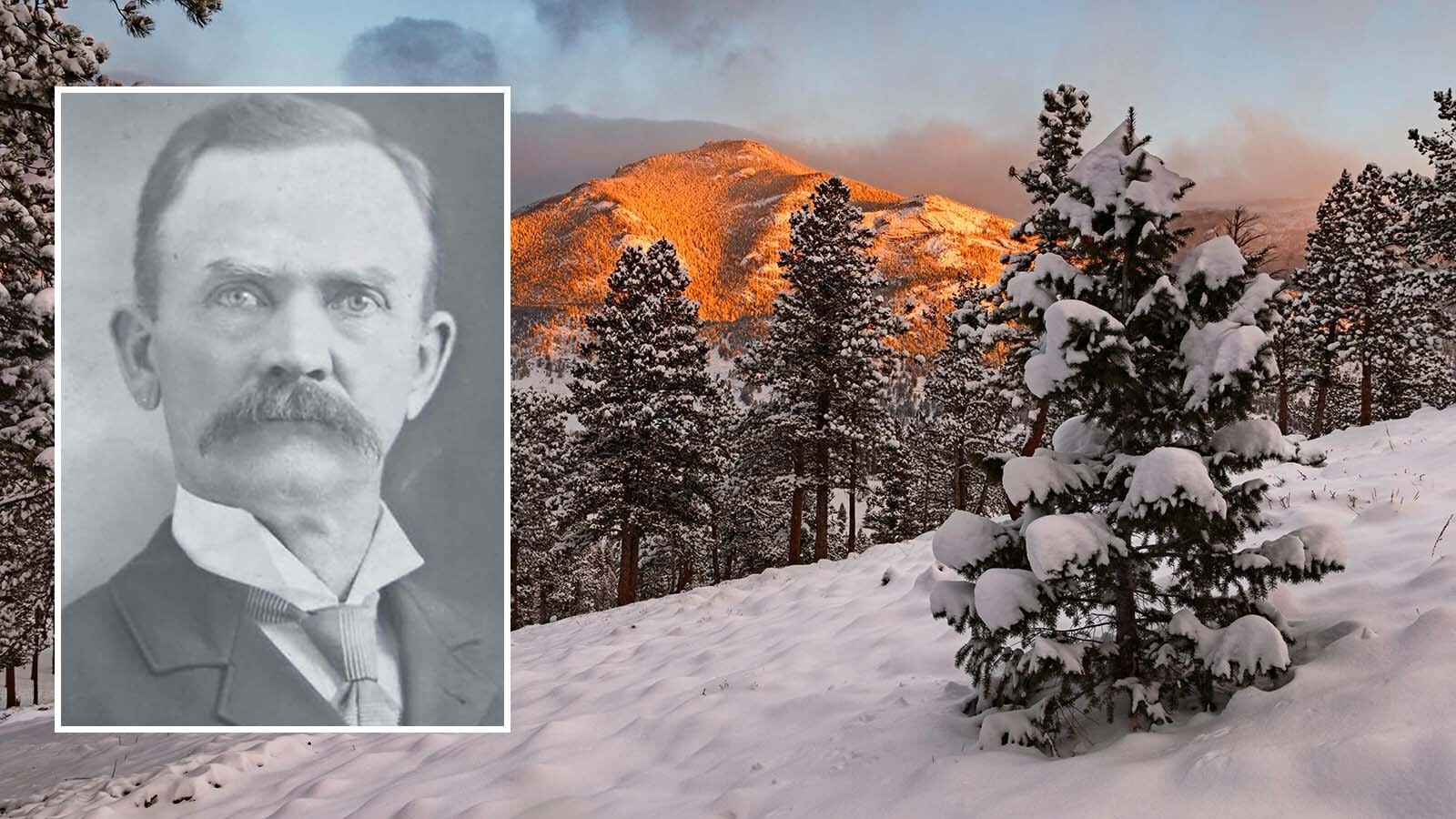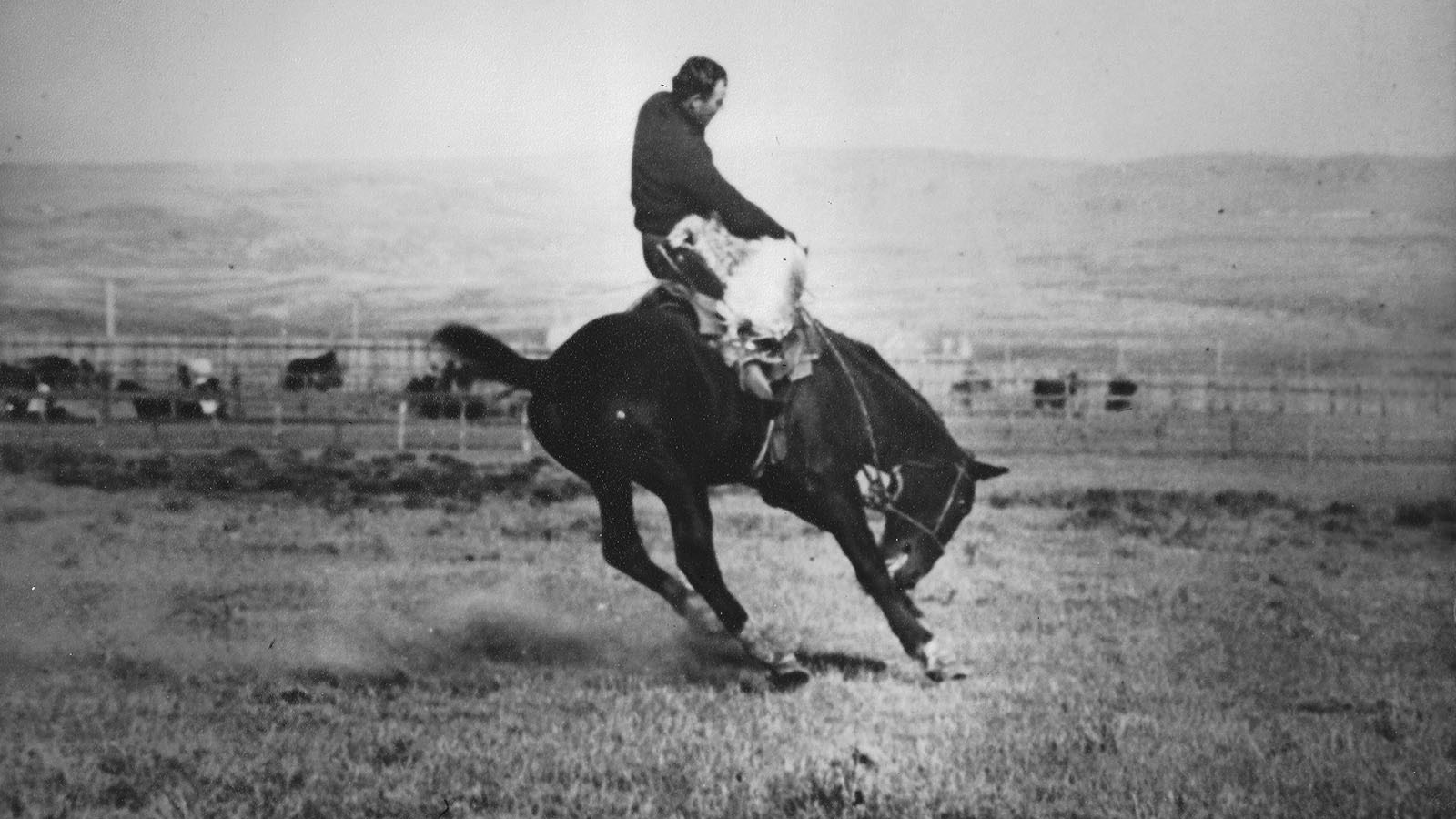The longest, bloodiest war between Indians and Mormon settlers in Utah saw fighting and killing in some 150 skirmishes spread across much of the territory for years. Most of the fighting occurred from 1865 through 1867, but war had been building up for years, and continued to flare up on occasion until 1872.
John Lowry struck the match that lit the fuse of the fighting. Lowry, and a group of other settlers from the town of Manti in the Sanpete Valley, had arranged a meeting with Ute leaders to find a compromise between the townsfolk whose cattle were being stolen by hungry Indians, and the Utes, whose homelands were being overrun by settlers and their food sources plowed under and overrun by livestock.
The meeting did not go well. Lowry, who was reportedly drunk, traded barbs and insults with Arapeen, one of the Utes. Arapeen nocked an arrow, and Lowry pulled him from his horse and beat him until cooler heads prevailed and the fighting stopped.
But the damage was done. The Utes had had enough. Watching it all was Black Hawk—a young man of the Timpanogos people, close relatives of the Shoshone but with close associations to the Utes—who had become a trusted leader among the Ute bands scattered across the territory.
No Stranger To Atrocity
Black Hawk was no stranger to atrocities committed against his people. In 1849, as a teenager, he saw four or five members of his band—some of them family members — killed in what came to be known as Battle Creek Canyon by Mormon settlers hunting for stolen horses.
In February of 1850, Indians battled Mormons at Fort Utah in Provo for days, then fled across frozen Utah Lake to take refuge on a benchland called Table Mountain.
They were attacked and overwhelmed there and as many as 80 Utes were killed. Then, in a gruesome act, some 20 of the dead were beheaded, supposedly in the interest of science.
During the Walker War and Tintic War, from 1853 through 1856, Black Hawk saw more of his people killed and driven off their lands.
The insults and contempt for the Indians displayed in the encounter with Lowry was the last straw.
Alliance With Other Tribes
Black Hawk made alliances with Paiute bands throughout the territory, even involving the Navajo and Apache tribes in his war. For two years, he directed or participated in widespread raids. Thousands and thousands of cattle and horses were stolen, passed through the bands and disposed of as far afield as Santa Fe and Los Angeles.
Most of the settlements in central and southern Utah were abandoned. Settlers were killed when opportunity offered, with some 70 losing their lives. As many or more Indians died, some in massacres by Mormon militia members that included the killing of women and children.
Estimates of the financial burden the war created for Mormon settlers, in terms of militia support and lost livestock, ran as high as two million dollars.
Despite the death and destruction that followed his actions, Lowry, in later years, defended himself:
“I agreed to meet with them at Manti about the eighth of April and talk the matter over of their killing our cattle. Accordingly, the council took place. It appeared the difficulty would be settled amicably, but a certain young Indian . . . continued to halloo and make demonstrations…. I told him a time or two to let me finish my talk. Just then someone called out ‘lookout, he is getting his arrows!’ I rode up to him and turned him off his horse, and pulled him to the ground.”
Lowry continued his explanation of the events that day: “The bystanders interfered and we separated. . . . I believe they started hostilities sooner than they would have done had not the incident above mentioned occurred.
Flames Of War
Month after month through 1865, 1866, and 1867 the flames of the Black Hawk War burned across central and southern Utah.
Marauding Utes drove off hundreds, then thousands of cattle and horses. Settlers caught out were murdered. Mormon militia units chased the raiding parties across valleys, up canyons, and through mountain ranges in mostly futile attempts to recover livestock and punish the Indians.
At times blood lust flared up and the volunteer troops took revenge. In Circleville, a band of Southern Paiutes, who had nothing to do with the fighting, were rounded up, locked in a cellar, then led out one at a time to have their throats slashed in order to save scarce ammunition. Some 26 Indians, including women and children, were butchered there.
In Grass Valley, a dozen or so Ute men and boys fought to the death with some 100 Mormon militiamen. Several women and children were killed or wounded. The surviving women stampeded in fear, many of them falling dead from militia guns.
Depredations Spread Across Utah
Seeking to avoid strengthened militia fighters in Sanpete Valley, and finding fresh opportunities to raid settlements and steal stock, Black Hawk’s depredations spread to the Sevier Valley, Juab Valley, Circle Valley, Bear Valley, Parowan Valley, and elsewhere.
Settlers in Fountain Green, Fairview, Moroni, Richfield, Salina, Glenwood, Marysvale, Circleville, Panguitch, Glendale, Long Valley, Mount Carmel, and other communities abandoned their towns to fort up elsewhere. Some of the towns were forsaken altogether, never to be rebuilt.
The Mormon Militia Responds
Not all of Black Hawk’s raids had the desired result. When he attacked Scipio in central Utah with some 100 of his warriors, the Utes killed two citizens and rustled around 350 cattle and 75 horses. But Mormon Militias gathered from several communities and went after the Indians with a purpose.
The pursuit caught up with the Utes at a crossing of the Sevier River called Gravelly Ford. The fighting was fierce, with the Mormons getting the best of the Utes. Black Hawk’s horse was shot out from under him, and he suffered a gunshot wound to the stomach. The wound never healed properly and troubled him the rest of his life.
The militia leaders had learned that the more men they could gather to protect their herds and run down the Indians, the better the results.
Although the Utes continued raiding, hitting the town of Thistle and herds in Diamond Fork, the work became increasingly difficult.
And although some raiding continued for years, Black Hawk’s final foray, against Paragonah and Parowan, towns in southern Utah, in July of 1867 was a bust. While the area supported large herds of cattle, the Utes found them so well protected by armed militia guards that they abandoned the effort.
Enough Is Enough
Black Hawk’s lingering wound may have contributed to his realization that enough was enough. Whatever the reason, in August Black Hawk led several of his raiders to a Ute reservation in the Uintah Basin, saying he was ready to negotiate peace.
The Deseret News reported on August 28, 1867, that the Superintendent of Indian Affairs, F. H. Head, had returned to Salt Lake City “from the Uinta Indian Reservation, where he had met and had a talk with the notorious Black Hawk. He [Black Hawk] expressed a desire for peace; said he could control and would be answerable for his band; and believed he could get the others with him, as they all looked to him as the head chief.”
The newspaper also said, “As an earnest of his sincerity, he stated that he had made a covenant, when he commenced to fight, that he would not have his hair cut . . . but now that he was going to have peace, he wished to have it cut, and requested the Superintendent to shorten his locks for him, which was done after finding that he was anxious to have it so.”
Black Hawk kept his word, and over the next two years rode throughout the territory bringing scattered bands of Indians in for talks.
Bury The Hatchet
The Deseret News reported in August of 1869 that the settlers in Sanpete Valley, where hostilities had commenced, felt “jubilant over the prospects of peace with the Indians…. Black Hawk said he had buried the hatchet and meant to keep it buried. He had found his heart and it was good.”
But the Ute leader did more. He visited the communities he had plundered, offering apologies and promising to continue doing all he could to prevent further raids and fighting.
A December report from Parowan, published in the Deseret News said, “On the 16th instant, we had a big visit from Black Hawk, his brother Mountain, and quite a number of his band. Black Hawk and Mountain talked to the people in the meeting house in the evening. . . . Black Hawk made great declarations of friendship and said he wanted a big peace and a long peace. . . . He said he wished to see the settlements on the Sevier River established again, and promised that they should not be disturbed by the Ute Indians.”
What About Today?
Today? “There are some of our people who view Nuch [the Ute name for Black Hawk] as a sellout, because after he declares peace and cuts his hair he goes around to Mormon settlements throughout the state and he essentially apologizes,” says Forrest Cuch, a native-born Ute raised on the Uintah and Ouray Ute Indian Reservation, and former director of the Utah Division of Indian Affairs.
But, to Cuch and most other Utes, “Nuch is definitely a great hero of our people. He was a powerful warrior and he had fought his war—he didn't talk about it, he executed it. His fight was over.”
Black Hawk died September 26, 1870, in his home village at Spring Lake, near Payson, and was buried in a ravine in the foothills of the Wasatch Mountains.
R. B. Miller can be reached at WriterRodMiller@gmail.com





